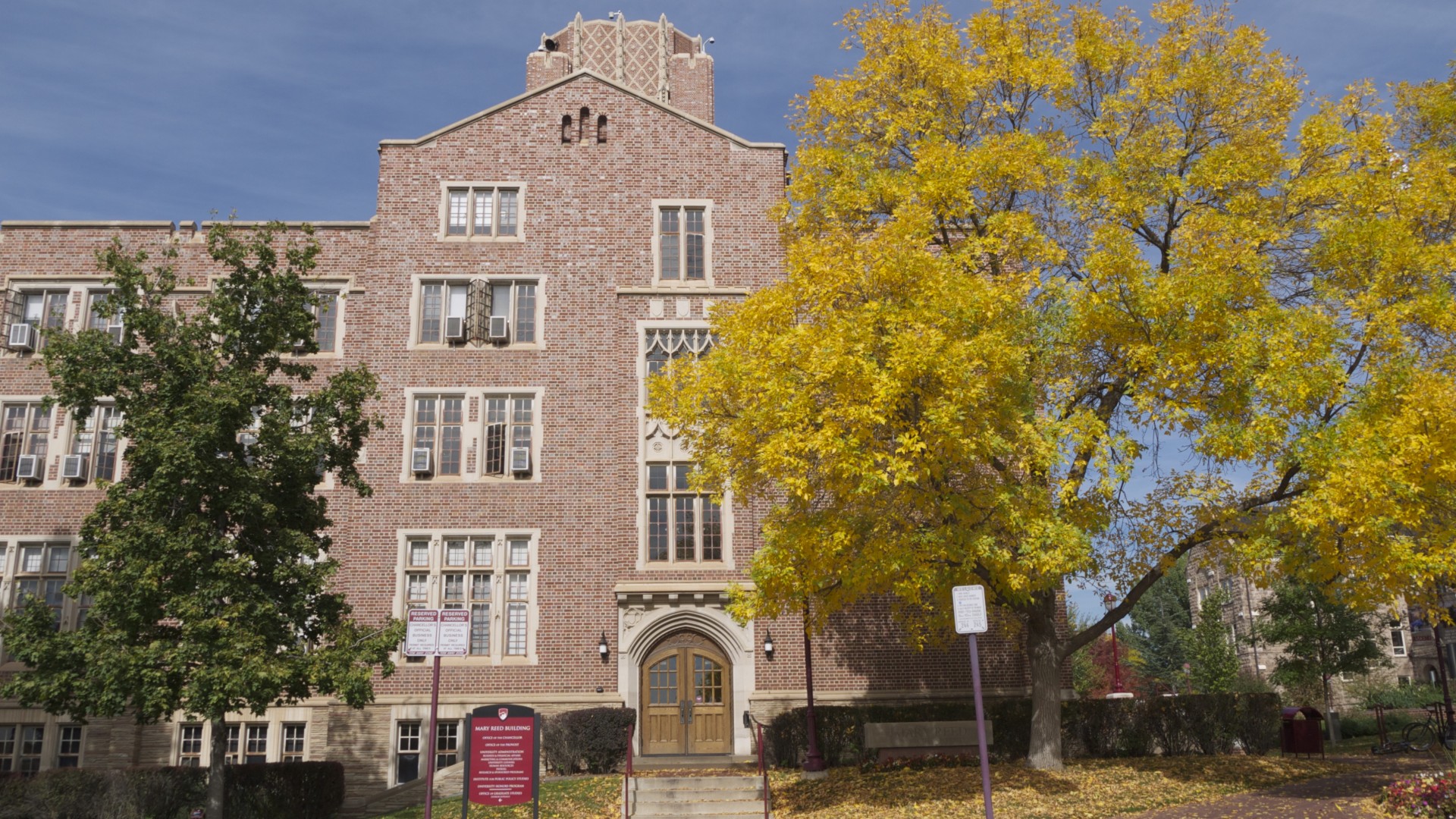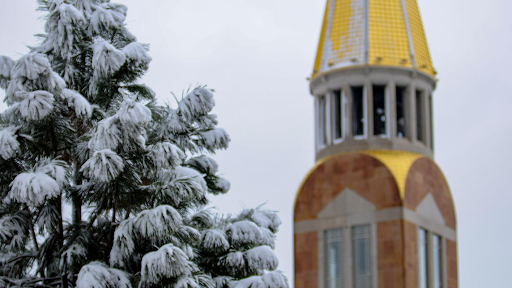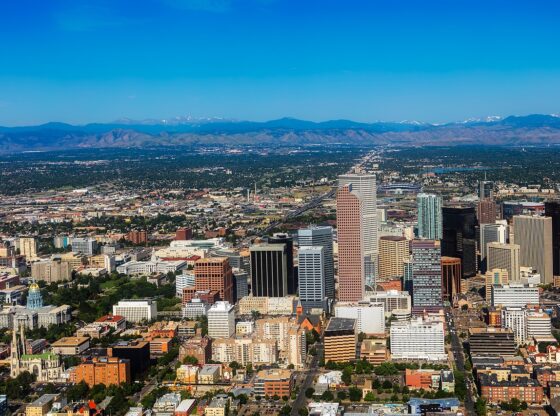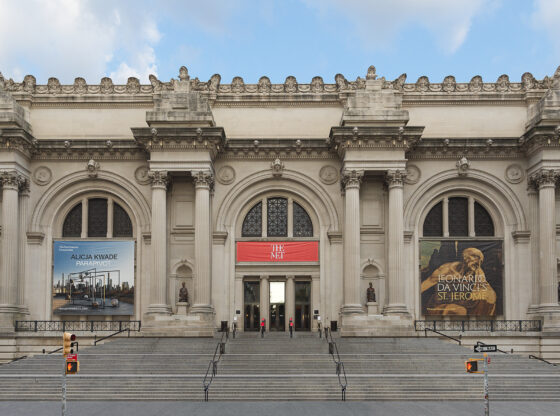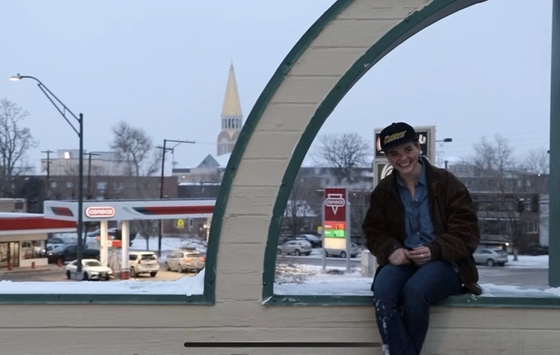Weave through campus on the red brick pathways and glance around in awe at the massive buildings, each unique, adorning DU. This university, while undoubtedly invested in its students’ impressive involvement outside of the campus, finds its tangible substance in its buildings: the homes of learning, practicing and expressing their creativity so that when they step off of these 125 acres, they can rest assured in their firm brick-structured foundation.
It comes to no surprise, therefore, that DU’s building myriad has over time acquired a powerful assemblage of names representing DU’s all encompassing excellence. Twenty-nine of DU’s 80 buildings are catalogued to have been named after men and women, ranging from a zoology professor, to the father of cable television, to former chancellors and to notable students, all of which have made or are still making their successful mark on DU and beyond.
To start, Mary Reed Building, DU’s famed ghost house and sight of the Hogwarts-like architecture, was named after Mary and Verner Reed, who made a fortune in Colorado Springs from mining, banking, ranching and irrigation. Verner’s passing in 1919 led Mary to donate $100,000 to build Margery Reed Mayo Hall in memory of her daughter, who graduated from DU in 1919 with a BA in English, followed by her donation of $350,000 to create Mary Reed, the current home of DU’s administrative offices.
Just across the fountains and ponds from Mary Reed is Evans Chapel, a national historic site of Denver that was built in memory of DU founder John Evans’s daughter Josephine, who died of tuberculosis in 1868 at age 24.
A slightly further walk, past the Fritz Knoebel School of Hospitality Management east leads to the hub of student activity: Driscoll Student Center. DU’s student union was named after honorable William Driscoll from Pagoda, Colorado. He taught zoology and became the associate dean of the College of Arts and Sciences in 1968.
Across Driscoll Bridge is the infamously confusing building, Sturm Hall. What used to be called the General Classroom Building was renovated thanks to Donald and Susan Sturm’s $5 million gift to be what it is now, housing classrooms and offices for the arts, humanities and social sciences.
Another notable building on this end of campus is the Leo Block Alumni Center, which was named after former Clarion editor Leo Block, who received a BA in social sciences in 1935. He continued from DU to serve in World War II, and then created the largest wine and liquor distribution business in south Texas.
It is obvious that the campus is coated in honorable names. Each building represents someone close to DU’s upbringing, and each namesake serves as proud reminders of the success that will come to each student after they graduate. A comprehensive catalog of the history behind each building can be found in the DU Magazine.

